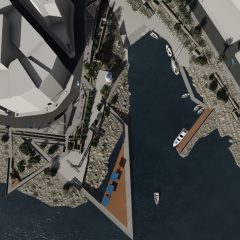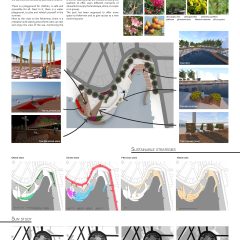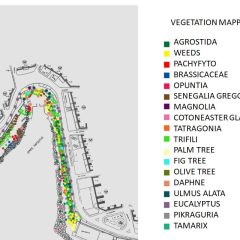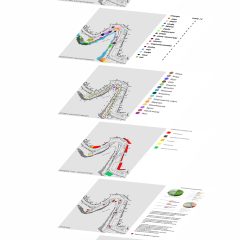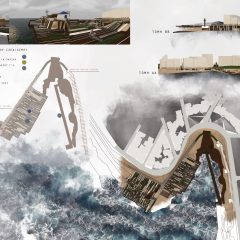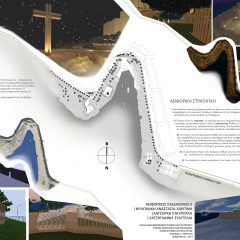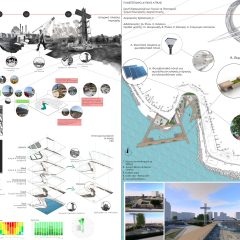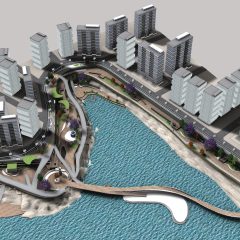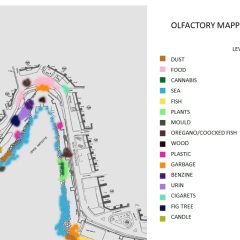General
Course content
Programme aims
Learning Outcomes: Knowledge and Understanding
Bibliography
Lovins, Amory, and William D. Browning. “Vaulting the Barriers to Green Architecture.” Architectural Record 180, no. 16 (December 1992).
Lechter, Norbert. Heating, Cooling, Lighting: Design Methods for Architects. New York: John Wiley, 1991.
Bateson, Gregory. Mind and Nature: A Necessary Unity. New York: Bantam, 1979. Panchyk, Katherine. Solar Interiors: Energy Efficient Spaces Designed for Comfort. New York: VanNostrand Reinhold, 1991.
Tunel, Isaac. Indoor Air Quality and Human Health. Palo Alto, Calif.: Stanford University Press, 1985.
Anderson, Bruce, ed. Solar Building Architecture. Cambridge, Mass.: The MIT Press, 1990.
Brown, G. Z. Sun, Wind, and Light. New York: John Wiley, 1985.
Cook, Jeffrey, ed. Passive Cooling. Cambridge, Mass.: MIT Press, 1989.
Cottom-Winslow, Margaret. Environmental Design: The Best of Architecture and Technology. New York: Rissoli International Publications, 1990.
Cowan, Henry J., ed. Handbook of Architectural Technology. New York: VanNostrand Reinhold, 1991.
Crowther, Richard L. Ecologic Architecture. Boston: Butterworth Architecture, 1992.
Levitt, Sheldon. “Keeping the Environment in Mind When You Design.” Facility Management Journal (Jan/ Feb 1994): 20-24. [ifma.org or 713/623-4362.]
Olgyay, Victor. Design with Climate: Bioclimatic Approach to Architectural Regionalism. Princeton University Press, 1963.
Vale, Brenda, and Robert Vale. Green Architecture. London: Thames and Hudson, 1991.
Yeang, Ken. Designing With Nature: The Ecological Basis for Architectural Design. New York: McGraw- Hill, 1995.
Conservation Services Group. Energy Crafted Homes Training Manual. Brattleboro, Vt.: West River Communications, 1990.
Cook, Jeffrey, ed. Passive Cooling. MIT Press, 1990.
Watson, Donald, and Kenneth Labs. Climatic Design: Energy-Efficient Building Principles and Practices. New York: McGraw-Hill, 1983.
Bower, John. The Healthy House. New York: Carol Publication Group, 1989.
John, Andrew, ed./BSA Architects for Social Responsibility Committee. Sourcebook for Sustainable Design: A Guide to Environmentally Responsible Building Materials and Processes. Boston: Boston Society of Architects, 1992. [bsarch@architects.org or 617/951-1433 x 221]
Alexander, Christopher. A Timeless Way of Building. New York: Oxford University Press, 1977.
Barnett, Dianna Lopez, with William D. Browning, A Primer on Sustainable Building. Snowmass, Colo.: Rocky Mountain Institute, 1995.


